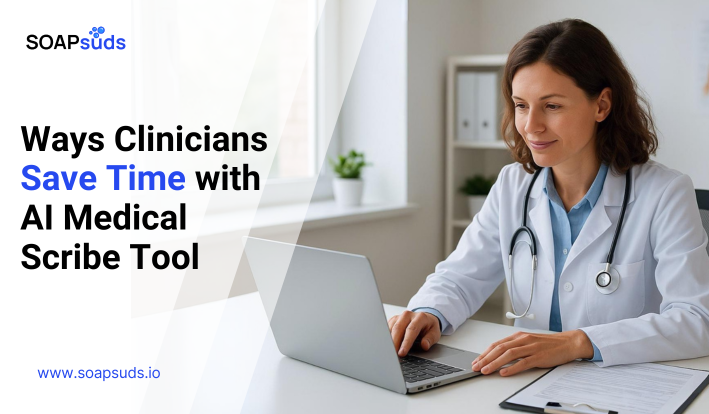How to Improve the Quality of Patient Visits and Patient Outcomes
SOAPsuds team
Published: 1/24/2025
SOAPsuds team
Published: 1/24/2025

Today, we’re taking a closer look at Electronic Health Records (EHR) and how making adjustments...

Healthcare providers generate a large amount of patient-related data during consultations. Recording and managing...

Doctors spend more than 20 hours a week handling documentation, leaving less time

AI medical scribes have shown clear advantages for doctors, patients, and healthcare providers

If you or someone close to you is facing cervical cancer, palliative care can be...

For over 15 years, value-based care (VBC) has reshaped healthcare by moving the emphasis
Clinical Notes
SOAP notes
DAP notes
AI medical notes